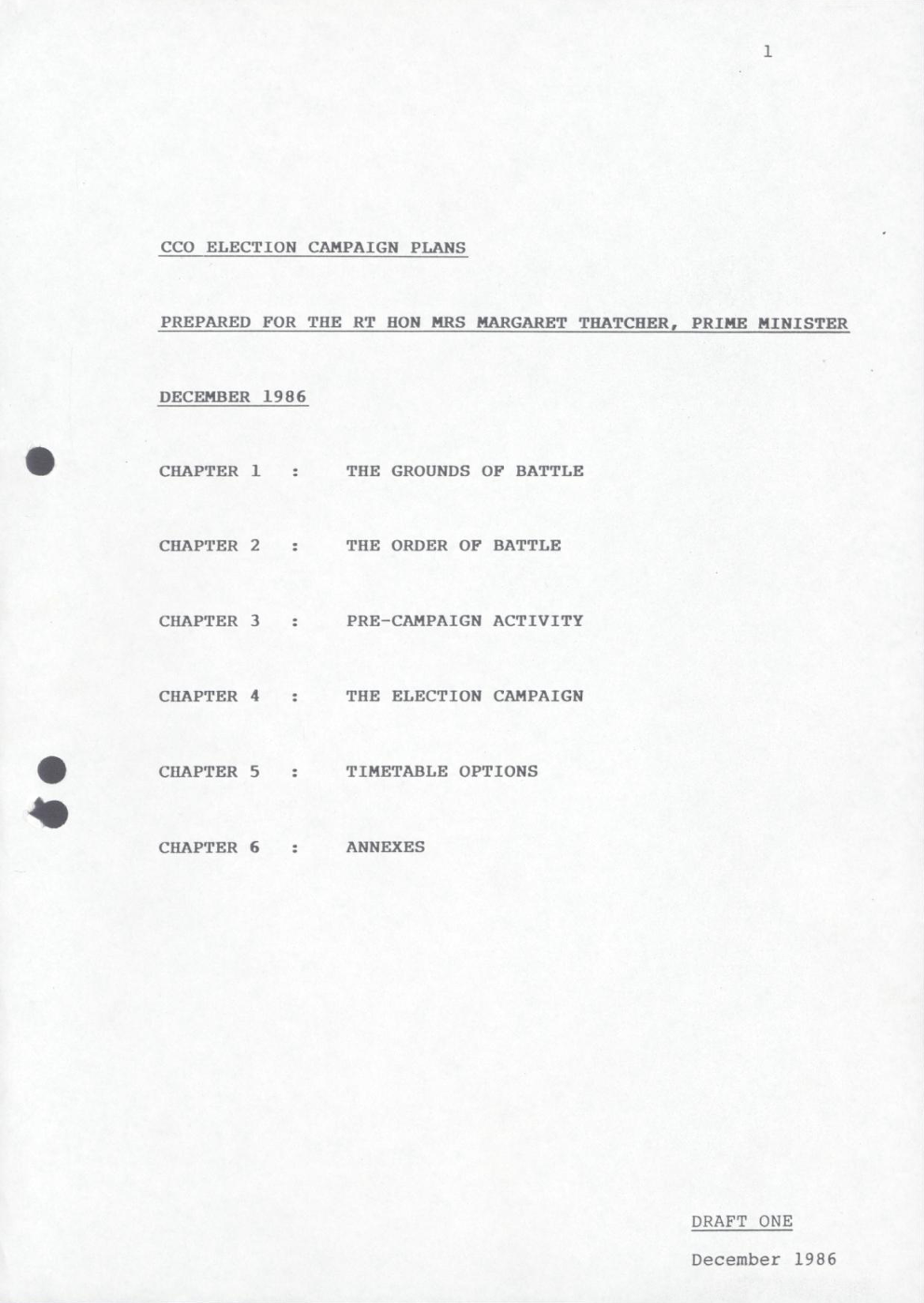The Archive of the Conservative Party is pleased to announce the arrival of its expanded catalogue of the Conservative Central Office Publicity Department. Known variously as the Publicity Department, Communications Department, Press and Communications Department, and the Department of Political Operations, this department has been responsible for the production and dissemination of the Party’s publicity material and propaganda, as well as facilitating relations with the media, since the 1920s. This important collection has more than doubled in size following the addition of over 90 boxes of material, providing a unique insight into the Party’s approach to publicity and communications over time. The expanded collection includes the papers and correspondence of several Directors of Publicity, planning files relating to television and radio broadcasting, and the logistics behind decades of election campaigns and Party Conferences.
A significant portion of this new material relates to, or was kindly donated by, Harvey Thomas (1939-2022), Director of Press and Communications from 1985-1986 and Director of Presentation and Promotion from 1986-1991. Thomas also played a valuable role as a political advisor to the Party, particularly contributing towards Margaret Thatcher’s publicity and campaigning strategy. Many of his papers can be found in files covering Party Conferences and events, the organisation of which he was heavily involved in throughout the 1980s.
Campaigning and publicity
Much of the newly available material in this collection relates to the Party’s campaigning and publicity, whether material created for specific general elections, by-elections, and European elections, or for general publicity and marketing, often involving the input of external advertising and branding agencies. These files include details of poster campaigns, campaign tour programmes and schedules, and draft publication designs.
Whilst the majority of the new files date from the late 20th century, a couple of interesting publicity guides from the 1950s (CPA CCO 600/25/1) and 1970s (CPA CCO 600/25/2) are included in the expanded collection. The former, a scrapbook containing examples of election literature primarily created during the 1955 General Election, sought to provide a reference guide to propaganda techniques to help those creating such publicity material in the future. It contains dozens of examples of election addresses, broadsheets, leaflets, and posters, each with annotations explaining what they had done well and suggesting areas for improvement. Below is an example of an election address from Ronald Watson, candidate for Newark in both the 1951 and 1955 General Elections, with accompanying praise for its ‘enterprising’ photograph montage and ‘lively and interesting’ centre pages (CPA CCO 600/25/1).
In addition to the distribution of impactful physical literature, successful campaign tours and television and radio appearances have long been deemed essential contributors to election victory. Several newly available files detail the tours and visits undertaken by Margaret Thatcher during election campaigns, demonstrating the detailed planning these involved. The pages below, included in a preparation file for the 1983 General Election, are a good example of this. The left page contains a list of the publicity material created in the lead-up to the election, including ‘Maggie In’ car stickers and ‘10 Reasons for Not Voting Labour’ leaflets, whilst that on the right shows a draft outline programme for a ‘sample day’ for Thatcher touring away from London, detailing an extremely long day of meetings, interviews, rallies, and travel. Such files provide a great insight into the behind-the-scenes effort behind these campaigns.
Party Political Broadcasts
Also included in the newly available material are the annotated scripts, planning papers, and correspondence behind many Conservative Party Political Broadcasts (PPBs). These files illustrate the thought-processes behind the creation of these key forms of publicity, particularly the development of various iterations and drafts over time. The image below shows a ‘final final’ draft of a PPB from November 1985. This was set in a courtroom, the Government on trial for ‘making serious cuts in everything this country holds dear’ (CPA CCO 600/3/10/17). The broadcast contains admissions to numerous ‘cuts’ carried out by the Tories, including cutting income tax, inflation, and hospital waiting lists. In order to have maximum impact this was accompanied by a widespread distribution of leaflets and poster displays pushing the same message: only positive cuts had been made by this Government. Creative ideas like these were clearly deemed necessary to continue to catch the audience’s attention.
All the material featured in this blog post, alongside the full updated collection of the Conservative Central Office Publicity/Communications Department, is now available to consult at the Weston Library. To browse the online catalogue, visit Collection: Conservative Party Archive: Conservative Central Office – Publicity/Communications Department | Bodleian Archives & Manuscripts (ox.ac.uk)































